No lead. No revenue. Period.
You tried every lead gen strategy out there… Yet, they didn’t work.
You’re scratching your head looking around online for solutions. The results? More random strategies. More noise. More stress.
But what if I told you there’s a way to go about them, so you can avoid costly mistakes, start right fast, and attract leads to grow your business like a pro?
Great news, this is exactly what you’ll learn in this post.
%(tableofcontents)
But First, What’s B2B Lead Generation?
Lead generation is a process that turns cold prospects into marketing leads, typically by giving a valuable resource in exchange for their email address or phone number.
It’s one of the first steps in a marketing funnel.
In the B2B world, this could be an ebook download, a free trial, or an educational video. These lead magnets are used to connect with prospects, grow an email list, or win new sales down the road.
But for them to work, you need to be clear about your target audience and think strategically to drive long-term success.
Lead Gen Red Flag #1: Not Narrowing Your Guest Blogging Effort
The Wrong Way: Guest blogging on big-name publications.
Does an author byline on a respectable magazine site attract leads?
A few years ago, when I guest posted on The Muse and had it syndicated on CNBC Make It, Forbes, and Inc Magazine, I got a dozen requests from backlink-hungry folks:

Do these big publications get eyeballs on your work? For sure.
Are they a power engine to attract high-quality leads? Not quite.
The right way: Guest post on other company' blogs; specifically, those that sell complementary products or services.
Jack Reamer, Founder of Emails That Sell, did this on a noncompeting company’s blog. When I emailed him, he shared that he attracted 23 leads four days after posting it.
Why does this approach work? You’re getting in front of sophisticated readers who require your service and understand what you do.
Here’s how to start guest blogging:
1. USE AHREFS TO FIND SUITABLE MATCHES
Locate other company blogs that rank for your keyword.
In Jack’s case, it’s “cold email.”

For a freelance B2B writer who writes blog posts for software companies, it’s “SaaS content marketing.”
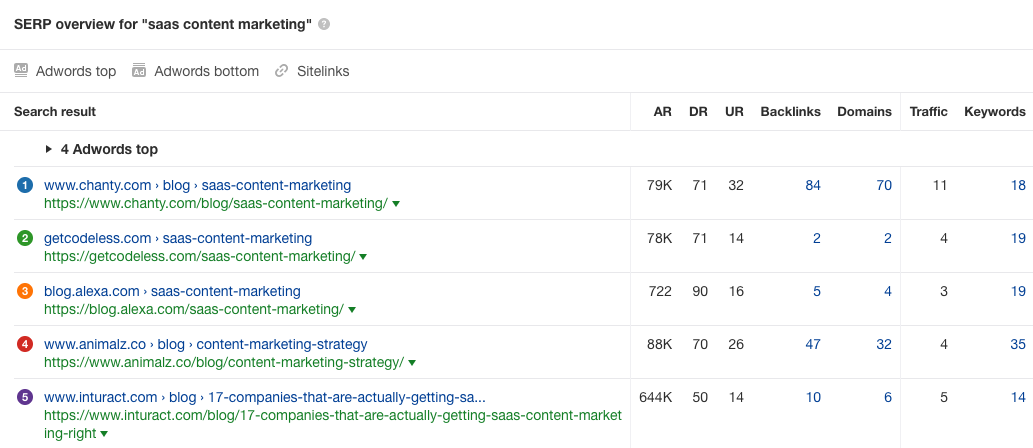
For an ecommerce store selling shaving accessories, it’s "straight razor."
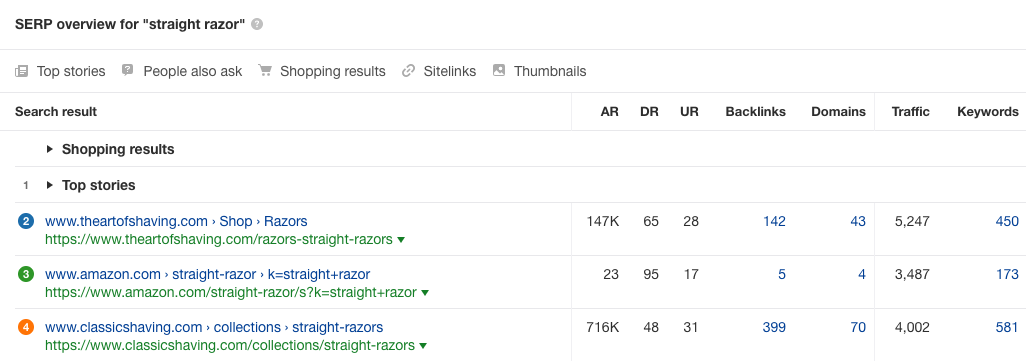
2. SORT BY DOMAIN RATING (DR)
Rank these company blogs from the highest DR to lowest DR.
Tip 1: Target those with a DR of 21-70. According to Ahrefs, this is the sweet spot.[*]
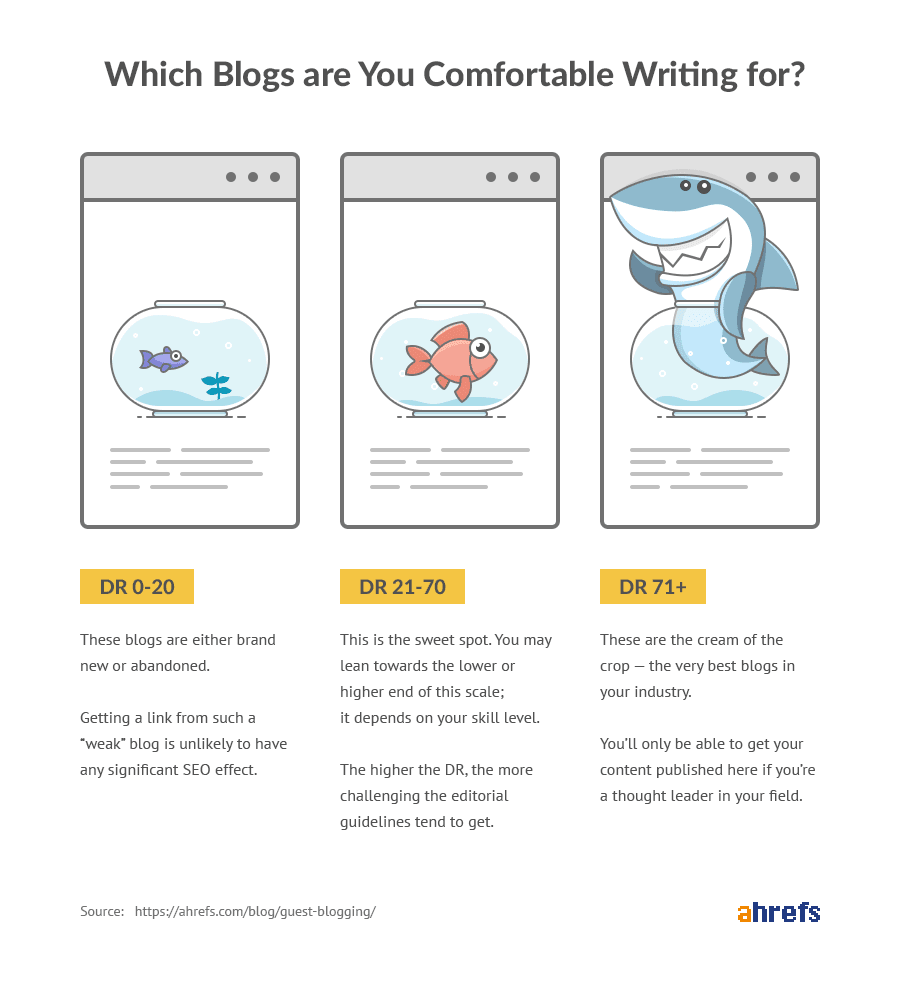
Tip 2: Avoid competing websites. Target companies that complement your product or service. For the freelance SaaS writer, don’t guest post on a content marketplace’s blog. Opt for a web design or SEO agency.
3. FIND THEIR BEST CONTENT
Use BuzzSumo to find the company’s most-shared article (Total Engagement) for the past year.

4. CONTACT THE RIGHT PERSON
Look for titles like content director, content strategist, or editor on LinkedIn to find their names. Locate their email addresses using free tools like Hunter.io.

5. REACH OUT AND ASK FOR A GUEST POST
Mention this most shared article in your pitch and how your guest post complements it.
“You're reminding them of a topic that is already performing well, and that you could write them something similar (but better!) that resonates with their audience,” says Jack.
How do you convince them that your guest post complements their most shared article? You start by identifying a gap.
Say you’re an audience research expert looking to guest blog for a workflow software startup. On BuzzSumo, you discover its most-shared content is a piece on content strategy.
As you read this piece, you notice one of the points mentioned on customer research (a.k.a your expertise) is barely touched on.
This is the gap.
Here’s a template:
Hey [Name],
I read your post on [Topic], and would love to dig deeper into [Gap in post]:
[Title of your guest post]
[Explains why this “gap” is important in 1-2 lines]
Does this sound like it would be a good fit for [Company’s blog]?
Here are two writing clips for you to assess my style:
-
[Title] on [Recognizable and relevant company blog #1]
-
[Title] on [Recognizable and relevant company blog #2]
Looking forward to hearing from you. Thanks!
[Signs off]
P.S.: Just came across your tweet [link] on [Subject]. [Briefly share a few words about it]
Bonus Tip: Go beyond your guest post. Offer a content upgrade and include it in your byline. Add these readers-turned-subscribers to a drip campaign.
Lead Gen Red Flag #2: Google Ads That Link To Generic Pages
The Wrong Way: Drive users with high-buying intent to the homepage.
When Jacob Baadsgaard from Disruptive Advertising audited over 2,000 Google Ads accounts, he discovered 52% of them were directing pay-per-click traffic to their homepage.[*]
That’s bad, because the main goal of a homepage is to convey your unique selling proposition (USP). It’s not meant to solve a user’s specific intent — that’s the job of a landing page.
When you direct users to a homepage, you create a disconnect, which ultimately leads to them feeling confused and eventually abandoning the page.
Here’s how to make Google Ads work: Direct users to a specific landing page and ensure the message is consistent.
When Codeless, a B2B content creation company, rebuilt a website for their client, they found out a message match across Google ads and landing pages increased their conversion rates by over 200%.[*]
What makes a message match? Let’s explore this example by DocuSign.
A Google search of “sign documents online free” leads to this ad:

So far, we’re off to a good start. The ad content matches the user intent.
Now let’s look at the landing page:

HEADLINE
DocuSign fleshes out social proof in its Google ad (200+ Users Can’t Be Wrong). It’s fleshed out once more in its landing page headline (200+ Million DocuSigners Can’t Be Wrong).
OFFER
It’s clear from the ad that DocuSign offers a free trial — we see it in the headline (Sign PDFs Online for Free) and sitelink extension (30-Day Free Trial).
This offer is repeated in the landing page call-to-action button (No Obligation, No Credit Card Required).

UNIQUE SELLING PROPOSITION (USP)
DocuSign’s USPs are short and punchy in its Google ad (i.e., Anywhere, Any Device; Safest & Most Secure). These USPs are then zoomed in on the landing page copy (i.e., Sign documents anywhere from any device; More secure than paper).
TESTIMONIALS
In the Google Ad, we see DocuSign as an exceptional tool (i.e, Trusted Industry Leader). It’s mirrored in the landing page logos, copy (i.e., Top Brands That Use Docusign), and customer reviews.
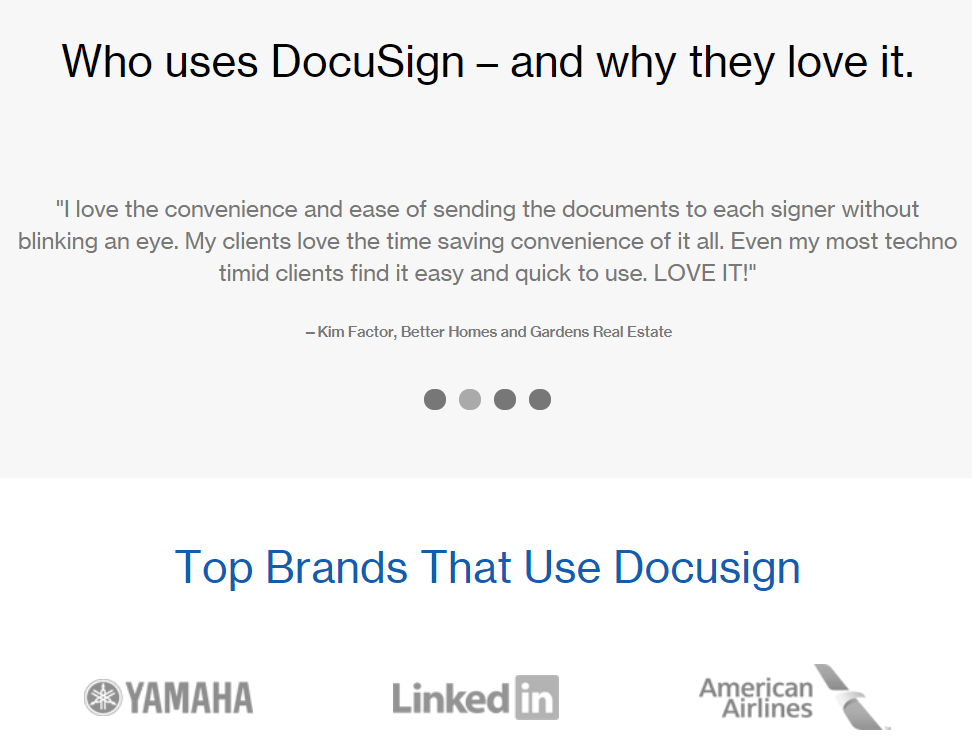
That’s exactly what you want to do with your landing page and Google Ads — match the messages consistently so your users know they’re in the right place.
Lead Gen Red Flag #3: Facebook Ads That Target Cold Audiences
The Wrong Way: Serve lead-generating ads to cold traffic.
Facebook Ads expert Amanda Bond shared that when she was spending $48,000 in Facebook Ads, she found that promoting lead-generating ads to cold audiences is more expensive than running them to warm custom audiences.[*]
When I reached out to her, she shared that cold traffic leads came in at $5.92 each. But when she ran the ads to warm traffic? They came in at $2.96 to $4.44 each.
Here’s how to make Facebook Ads work: Warm your cold audiences before serving them lead generating ads.
That’s exactly what Sarah Murray did — the ad strategist raised her client’s earnings-per-lead from $78 to $187 following Amanda’s approach.[*]

This approach centers around the Facebook sales funnel; it complements a customer’s buying journey, and it works because your audiences are warmed up to your brand and are more likely to be interested in your later ads.
Called The StrADegy System, this funnel is broken down into three phases:[*]
STAGE #1: CONNECT
Allocate 20% of your Facebook Ads budget for this stage.
Step 1. Create Four Videos
These video ads can be brand-new, or old videos that have done well organically.
-
Trigger Video: Share what you’re about (e.g., product or service introduction or explainer video).
-
Video Ad 1: Promote engagement (e.g., product walkthrough, webinar).
-
Video Ad 2: Position yourself as a trusted figure (e.g., a clip of your company's CEO speaking at a top conference).
-
Video Ad 3: Share social proof (e.g., a video testimonial from a happy client).
If you’re creating videos from scratch, look into InVideo. It’s a simple drag-and-drop video maker that helps you create videos in minutes.
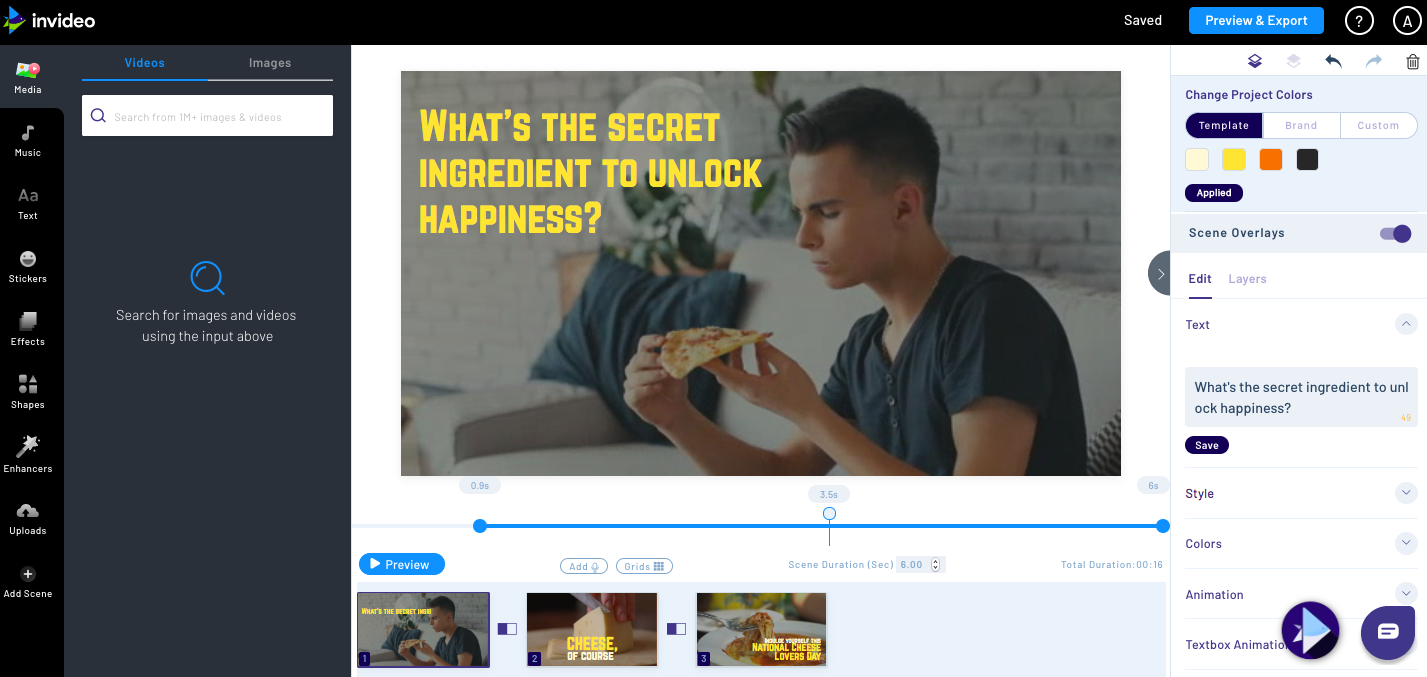
Why Video Ads… And Not Static Posts?
In a podcast with Social Media Examiner, Amanda recommends video ads as you can capture 3-second viewers (i.e., Facebook users who watch the ad for at least three seconds). You can’t do this with static posts — users have to like, comment, or share it to enter the ad sequence.[*]
Step 2. Put Each Video Ad Into a Separate Ad Set

In your ad campaign, promote Video Ads 1-3 to viewers within five days of them seeing the Trigger Video ad.
Leave it to Facebook to determine the order. Any user who sees the Trigger Video will see the next ads.
Now… who should you target?
If you already have more than 100 customers, start by creating a lookalike audience from these customers as a source audience. Next, layer in other source audiences earlier in your sales process to create additional lookalike audiences to target (e.g., checkout visitors, sales page visitors, and opt-ins).

What if you're just getting started or launching a newer offer and don't have enough data?
Start testing two to five interests until you find a few that get exceptional results.
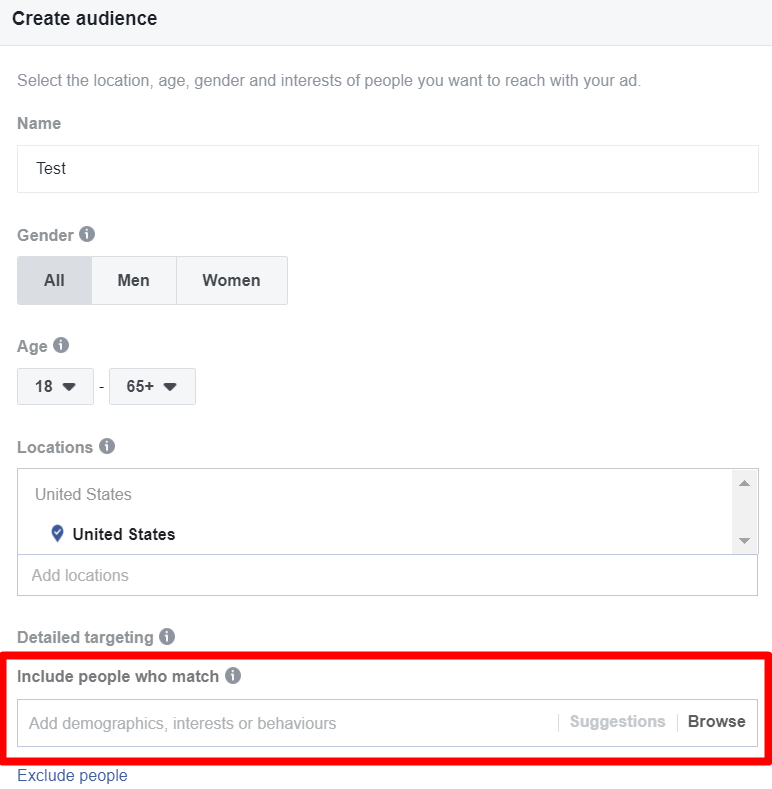
STAGE #2: COMMIT
Now your audience is warmed up for the lead gen ad.
Allocate 40% to 50% of your Facebook Ads budget for this stage.
Step 3. Attract Leads
After five to ten days, show a lead generation ad to anyone who watched the Trigger Video.
Test to see which ad types (e.g., photo ad, carousel ad) convert better. Do the same for your copy.
To optimize this stage, track and understand your conversion rates at every step of your advertising and sales process.
This means tracking your:
-
Clickthrough rate
-
Opt-in conversion percentage
-
Email action rate (e.g., opens, clicks, unsubscribes), and
-
Final sales conversion rate
STAGE #3: CLOSE
Your warm audience has now moved to the next step of your funnel. You may discover some of them will buy after receiving your lead magnet, and the others… don’t.
What now?
You retarget them with sales ads, which is exactly what this last stage covers.
Allocate the remaining 30 – 40% of your budget for this.
Step 4. Turn Objections Into Ads
Go through the objections you frequently hear from customers and turn them into sales retargeting ads.
Tip: Pick the most common objections. You can usually find them in your inbox and from conversations at events.
To scale, take the list of customers who bought from these sales retargeting ads and create a lookalike audience. Click … > Create Lookalike

Lead Gen Red Flag #4: Cold Emails Without Follow-Ups
The Wrong Way: Not following up enough.
“Cold emails don’t work!”
Do you have cold email cynics constantly telling you this?
It’s likely because they give up after only one try. But it comes to emails, cold or warm, persistence and persuasion are the keys to attracting attention.
People who send only one email without follow-ups achieve a 9% reply rate on average.
But when they send at least one follow-up? They get a 13% reply rate.[*]

1. FOLLOW UP WITH A SIMPLE CHECK-IN
Kevin Dhimitri, an independent local SEO consultant, credits cold emails as a big part of his business growth. For every 200 prospects, he generates one high-quality lead worth $12,000 per year.
When I reached out to Kevin, he recommended sending the first follow-up three days after the initial cold email.
Note: This is a restated email that targets people who are interested but genuinely didn't see the first message:
Hey [Prospect],
Your competitors [Briefly describes what these competitors are doing better].
Let me know if you want a [Free “taster” like video audit or discovery call].
[Signs off]
Here’s a live example by Kevin:
Hey Jack,
Your competitors are outranking you for this keyword.
Let me know if you want to see a video audit explaining why that is.
– Kevin
This “taster” should give prospects a glimpse into your expertise and what it’s like to work with you. Here are three examples:
-
If you’re a B2B editor, your “taster” can be an edit of a published piece, up to 500 words.
-
If you’re a B2B Facebook Ads expert, your “taster” can be a performance audit of a couple of the prospect’s ads.
-
If you’re a B2B sales and launch copywriter, your “taster” can be a free discovery call that educates prospects on how to create a strategy, like this example from Elli Runkles:[*]
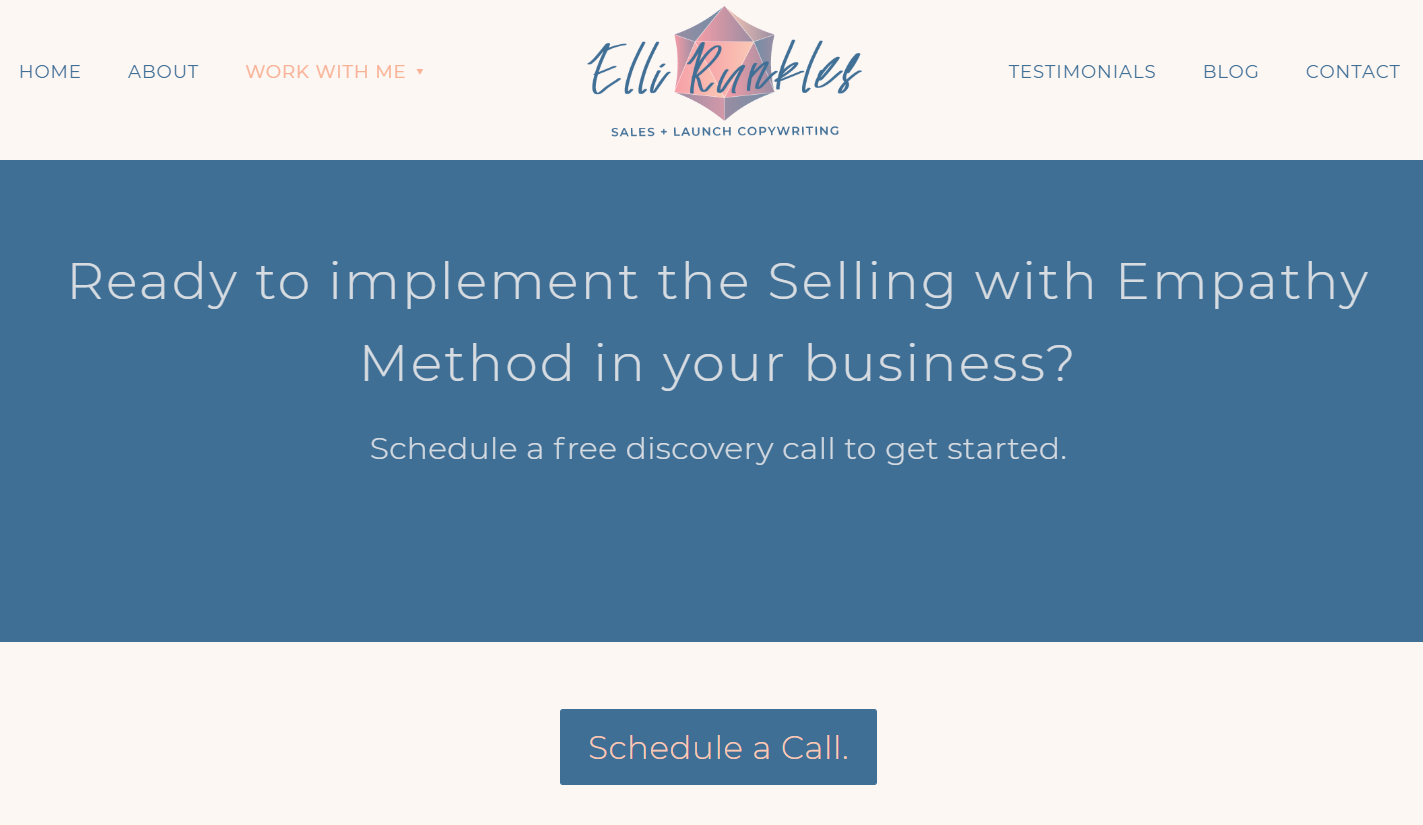
2. PITCH IT DIFFERENTLY IN THE SECOND FOLLOW-UP
This next step involves credibility. Send this three days after the first follow-up.
Include relevant case studies and describe what you do in a different way to push these cold prospects to act.
Here’s a template:
Hey [Prospect],
I’ve been trying to reach you about [Free “taster” like video audit or discovery call].
[Briefly describes why this matters. Instill FOMO in prospect].
My goal is to help you [Briefly talks about prospect’s desires].
I worked with [Relevant company] recently and helped them [Inserts specific results + URL link to case study].
I’m a [Briefly reintroduces yourself].
[Add a value-based CTA. Ask again if the prospect wants this free “taster”].
[Signs off]
3. SHOW OFF YOUR PERSONALITY
Send this five days after the second follow-up email.
Kevin recommends adding a dash of humor to keep prospects engaged. “I put a picture of a cute animal with the text ‘Can you really say no to this face?’. And then I ask them one last time if they want to move things forward.”
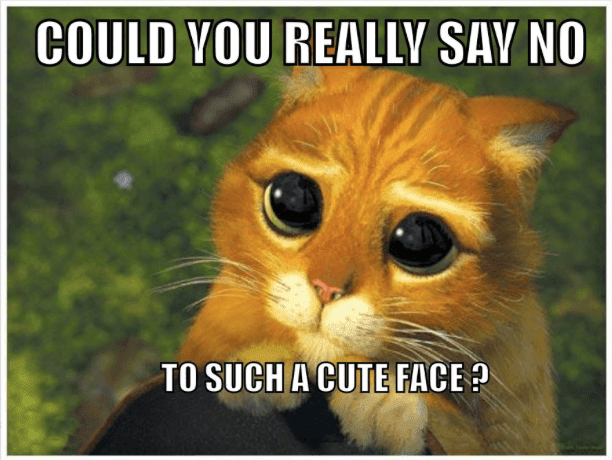
4. CLOSE THE LOOP WITH A FINAL FOLLOW-UP
Send this one month after the third follow-up email to close the loop.
Treat this as a final check-in to see if it's a better time for prospects to work with you.
Lead Gen Red Flag #5: Not Promoting Your Webinars Enough
The Wrong Way: Focus too much on driving attendance rate.
On average, marketing webinars have an attendance rate of 44%.[*]
Based on GoToWebinar’s research, there’s not much you can do to raise it. Calendar conflicts are out of your control!
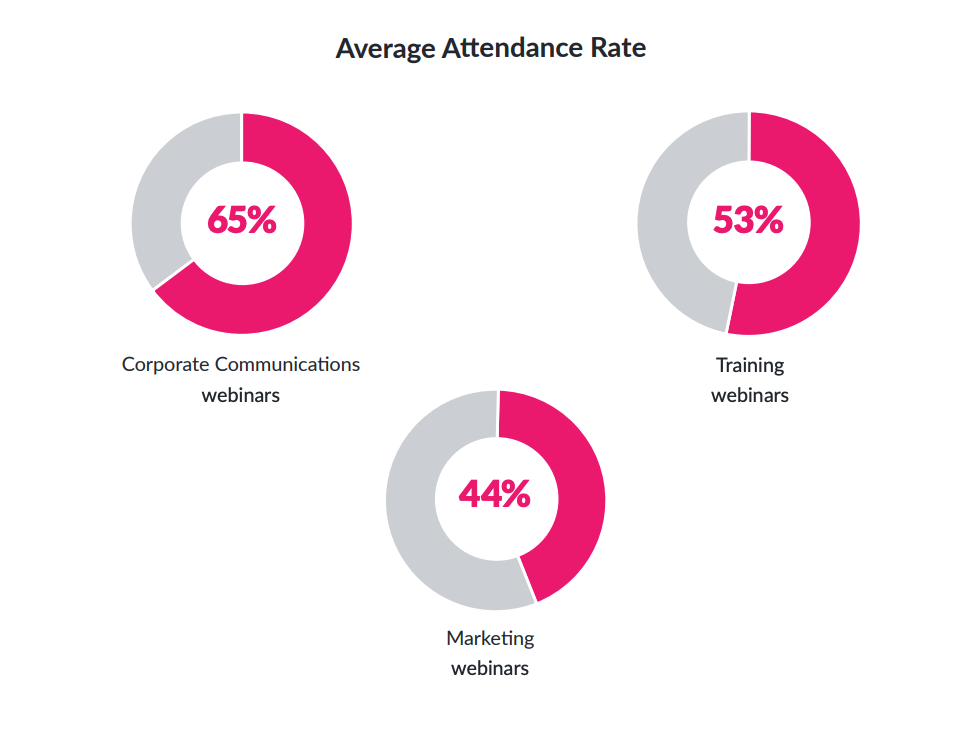
Demoralizing? Perhaps.
But here’s where it gets interesting. In separate research, GoToWebinar found out that 26% of users only registered because they wanted to watch the webinar in their own time.[*]
Now, let’s take a few steps back.
The goal of your webinars is to increase viewership over time, whether it’s a live or on-demand webinar.
So, look at it this way: even if you have a low attendance rate for your webinars, you still have an incredible opportunity to continue nurturing these registrants in the long run.
These registrants-slash-leads sit at the unaware or problem aware stage.
By sending lead nurturing emails, you drive additional value in their lives and you have a much higher chance to convert them into loyal customers.
As Daniel Wass, a B2B webinar expert, writes in his webinar guide: “There is a hard limit to how far you can increase your attendance rate, but there is no limit to how far you can scale promotion.”[*]
Here’s how to make webinars work for your B2B lead generation system:
Rather than sending multiple calendar and text reminders to coax registrants to attend the webinar, focus your efforts on driving registrations.
1. PROMOTE IT EARLY
GoToWebinar recommends promoting four weeks before a webinar starts. Spread the word to your email list, encourage employees to share with their network, offer early-bird discounts, and list it on events and ticketing websites.
For example, if you’re hosting a startup event to celebrate your recent expansion in Asia, list it on startup-friendly media websites like e27.[*]

As the webinar approaches, increase the frequency of the promotion.[*]
2. PARTNER WITH COMPLEMENTARY COMPANIES
Invite them as a sponsor or co-host. A fitness studio selling yoga programs to corporations could partner with a boxed lunch catering company to host a health and wellness webinar.
Encourage these noncompeting companies to promote it on their email list and social media channels.
3. REFRESH EMAIL TEMPLATES
According to GoToWebinar’s research, email drives 79% of its registrations.[*]
Want to make the most out of this channel? Include a mix of HTML and plain-text emails to avoid email fatigue.
Want to create a stand-alone webinar invitation email? Go with Zoom’s approach:

Or highlight upcoming webinars in your newsletter, like MarketingProfs:

Do you have positive reviews of previous webinars you hosted? Leverage this user-generated content to entice users to register.
B2B Lead Generation — Do It Right and Attract The Leads You Rightly Deserve
It’s dangerous to get caught up with these “hot” B2B lead generation strategies and dive straight into them without considering the mistakes you could be unintentionally making.
Fortunately, now that you’ve read this guide, you know what to do (and what not to do) to attract high-quality, sales-ready leads.
Ready to build a B2B lead gen strategy for a business that’s poised for success?
Go make it happen.
Which of the following five strategies are you most excited to try in your business today?
Add A Comment
VIEW THE COMMENTS